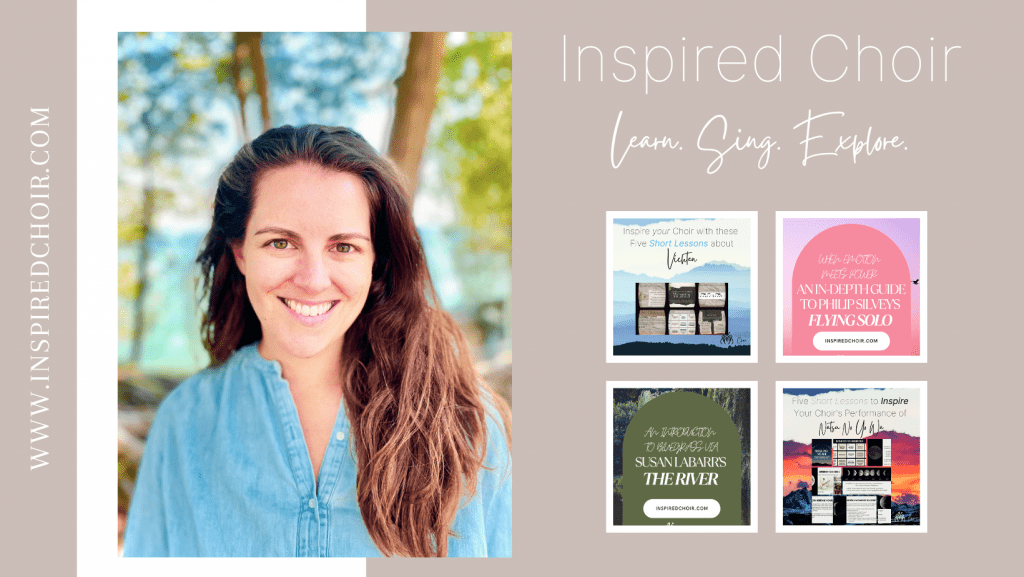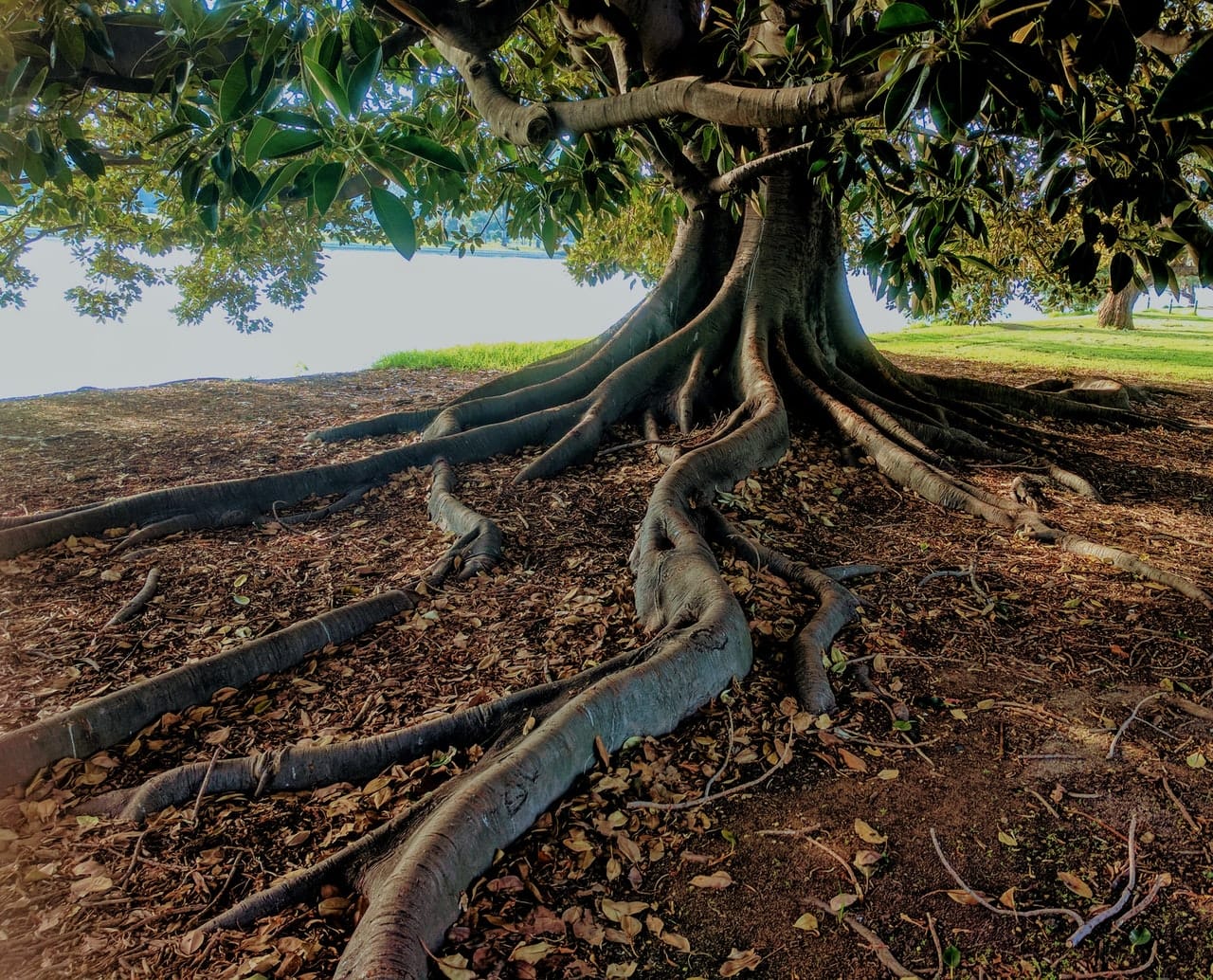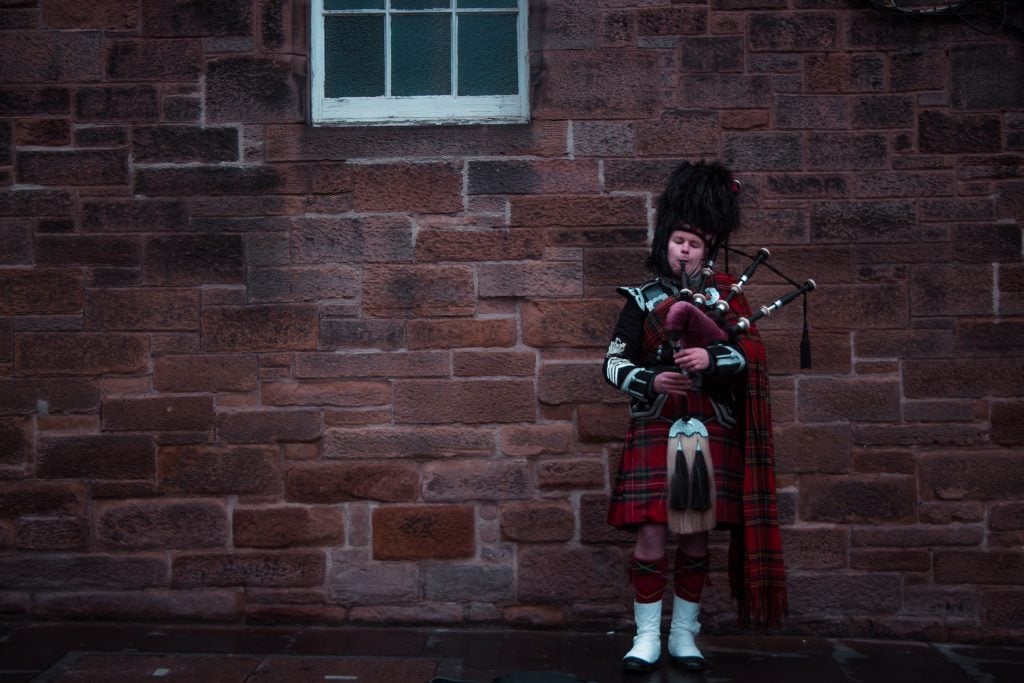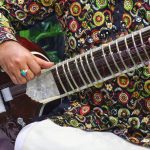Concert Repertoire Roundup: “Singing our Roots”
It’s officially Fall Concert week at Arkansas State University! Scarlet Voices and Singing Statesmen will be putting on their “Singing our Roots” concert this coming Tuesday, October 11. Check out our program and notes below!
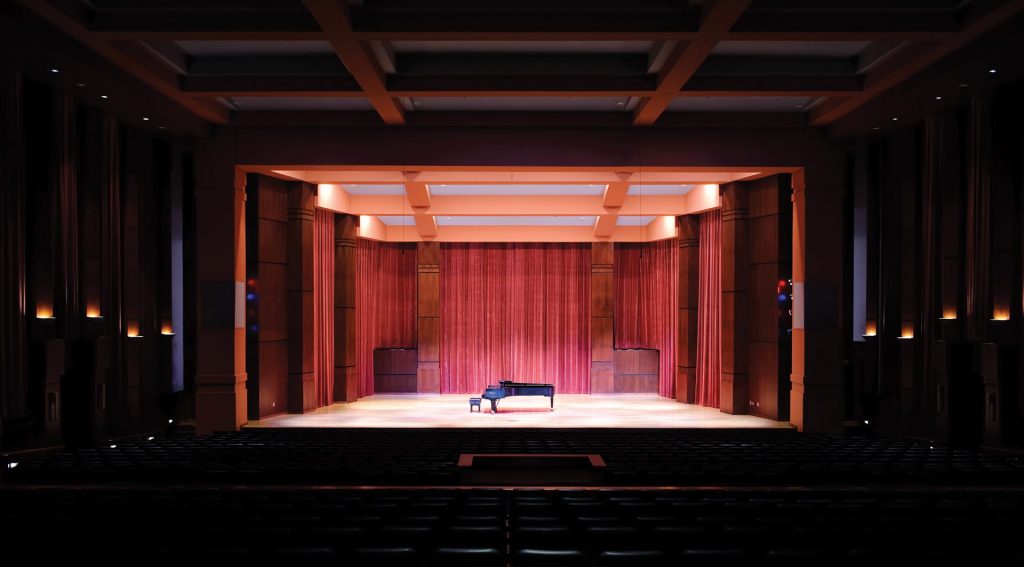
Singing our Roots
Choral music is rooted in context. Only when we consider the foundational cultural, historical, spiritual, and musical contexts can we present a full picture of the music we study and perform.
At the end of last school year, when I asked A-State’s Singing Statesmen and Scarlet Voices what they would like to focus on this fall, one overarching theme was expanding the range of languages and cultures we explore. That request is certainly reflected in the music we will present on this concert. Throughout the semester, we have examined a variety of cultures and customs, and we hope to honor those contexts through the presentation of Singing Our Roots.
Welcome to “Singing our Roots”
Bonk Abaphandle

Arranged by Michael Barrett and Mbuso Ndlovu, this traditional isiZulu greeting song welcomes visitors with open hearts. This context is especially poignant on this concert not only because we are welcoming our audience to the first concert of the season, but also because we are welcoming our special guests to the concert: the Brookland Junior High Select Treble Ensemble. They will be performing the descant part on this piece before performing their portion of the program. For more information about composer Michael Barrett and South African choral music, follow this link.
Bass Choir “Singing our Roots”
The traditional sea shanty Randy Dandy O is an example of a capstan or pump shanty. Sailors would have sung this tune while working for long periods of time – and were likely not too happy with their ship officers (hence the teasing nature of this text.) To learn more about the genre that is sea shanty, discuss how to make sense of the lyrics of Randy Dandy O, explore the relationship between video games and choral music, and look at some contemporary sea shanty singing groups, visit this link.
In a choral world filled with bass choir music about girls, sailing, and drinking, Susan Labarr’s The River with lyrics by Bill Cairns is a refreshing diversion from the norm. This thoughtful and reflective piece allows tenor and bass singers an opportunity to consider the places that set the foundation for their lives as they sing about a man’s connection to his boyhood river. Learn more about composer and lyricist, the poetry, and Bluegrass inspirations here.
Telling the story of a man who loves dancing, but can’t quite deliver with his dancing moves, and connecting to eastern European roots, this piece allows our tenor/bass singers a chance to loosen up and have some silly fun. Check out this post to learn a bit about the composer, Veljo Tormis, Estonian Choral Music, Folk Dances in Estonian, and the Story of Tantsulaul.
Originally a working song used to motivate poor Scottish workers and raise their spirits, Fionnghuala is an example of puirt á beul, a traditional form of song native to Scotland. Literally translated as “tunes from a mouth,” composers utilizing the form set Gaelic lyrics to instrumental tune melodies in order to accompany dancing when no instruments were present. Read more about the work of composer Michael McGlynn, the music of choral group that debuted this arrangement, ANÚNA, the traditional Scottish roots underlying this piece, and the story behind the name here.
Treble Choir “Singing our Roots”
Los Angeles based Reena Esmail composes in a style that is a wonderful fusion of Western and Indian classical musics. As a first-generation Indian American, Esmail found her musical style by searching for “places between my cultural identities that felt resonant to me.” Click here to read more about the composer, examine the way she utilized Indian classical frameworks throughout TāReKiTa, and explore musical contexts that can help any singer or listener of the piece understand and appreciate it that much more.
This Malay folk song appears to be talking about fish and cooking the dish pindang, but actually delivers a message of beauty in the simplicity of every day life. “Wait a second, my dear younger brother/sister, mak iloi iloi; Let’s go home together, mak ilai ilai.” In this post, I introduce to Ikan Kekek’s composer Yu Hang Tan, provide an overview of the Malay musical influences, discuss improvisation in choir, and share a rundown of Pantun-style poetry.
The lyrics of Miriam Sonstenes’s I Am Leaving depict the feeling of leaving loved ones following precious time spent together. These short visits can “root” us to our families, friends, those for whom we care. The sweet, rubato nature of the piece reminds me of those lingering moments as we say goodbye over and over again before we actually leave. In this post, I discuss the composer, her Canadian folk roots, the emotions evoked by the piece, and the musical concepts utilized throughout I Am Leaving.
As is the case with much folk music, Vichten has passed from person to person and group to group aurally since its conception on Prince Edward Island in the mid 1900’s. Inspired by traditional Acadian folk music and using sounds inspired by the Mi’kmaq language (more on this below), Arthur Arsenault wrote Vichten for his children. His daughter, Angèle Arsenault, made the song popular throughout her career as an Acadian folk singer. In turn, her niece Jeanette Arsenault continues to perform the piece to this day. Learn more about the genealogy and historical and cultural significance of the piece here.
Concluding “Singing our Roots”
Our last piece on the concert is a combined piece with Scarlet Voices and the Brookland Junior High Treble Choir. When their director proposed Alexandra Olsavsky’s What Happens When A Woman as a combined option, I jumped at the opportunity. So many cultures and societies are rooted in the strength of their women. What a great chance to combine the forces of treble voices and share a powerful message at the close of our concert.
I’d Love to Hear from You!
What do you think of the program? Or the theme? What might you add or subtract? What other pieces belong in a “Singing our Roots” concert? What would you like to see next on Inspired Choir? Let me know your thoughts in the comment section below!
“Singing Our Roots” Teacher Resources
Planning Your Next Choir Concert?
Join the Five-Day Concert Planning Challenge with Inspired Choir!
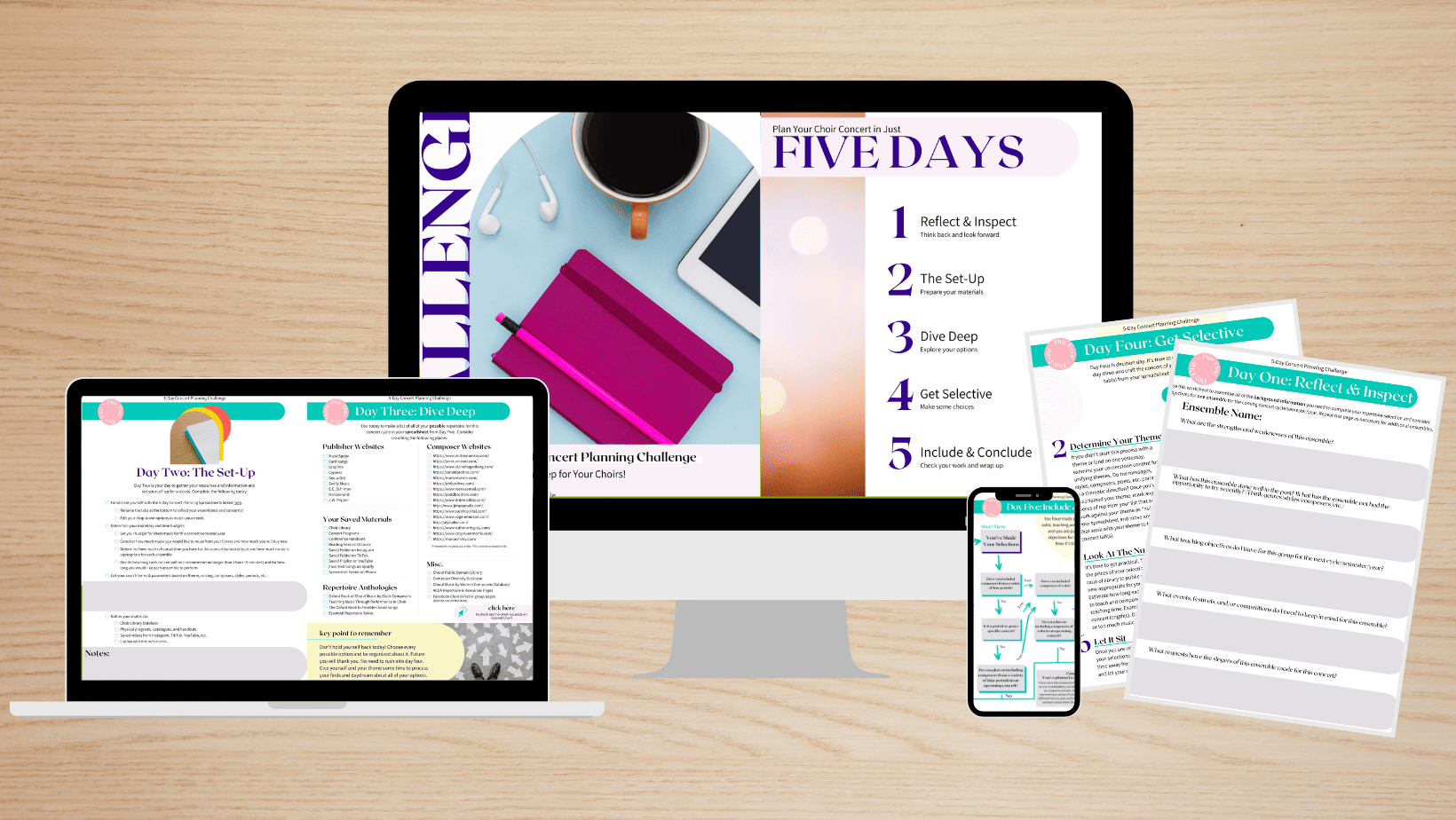
Free Comprehension Worksheets
Choir Leaders! I have begun to include short comprehension worksheets with each Inspired Choir blog post. Each worksheet includes 5-6 knowledge-based questions about the post and concludes with a musical decisions/applications question. Use as a homework assignment, sub activity, listening challenge, or guide for conversation in class.
Lesson Plan Bundles
Are you a choir teacher who has programmed any of the pieces above? Let me share my teaching resources with you! Check out the Inspired Choir Shop for lesson plan bundles with five short and transferable lessons each, all with connections to National Standards and SEL Competencies.
